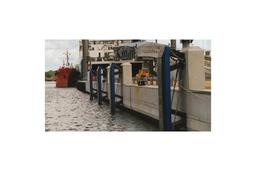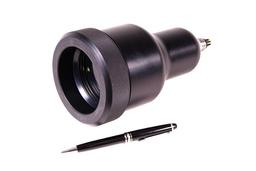


Partial Discharge - what is it?
Partial discharge is the name given to an electrical phenomenon which consists in the breakdown of an electrical insulation under high voltage levels.
The partial discharge process can be very hazardous to electrical components such as connectors, penetrators & other high voltage equipment in a sub-sea or surface environment.
Partial discharge or ‘corona effect’ usually occurs in small cavities, airspace, bubbles in epoxy resins, or other dielectrics. Partial discharge can take place randomly and unexpectedly, and regular discharge will ultimately lead to component failure which in turn equates to complete equipment failure.
The key to preventing any possible problem is early detection, when connectors or penetrators are manufactured during the many processes prior to final testing. The design of the various dielectrics & components is also crucial to deliver a partial discharge free product.
Partial discharge measurement can be done in a number of ways, however when constructing high voltage connectors experience shows that poor termination & jointing is a major cause of failure of cables to connectors. This is due to the fact that, in contrast to the cable, the terminations have a more complex structure with several dielectrics, and expanding field gradients. Partial discharge radiates electromagnetic pulses and can be detected acoustically usually within a bandwidth of 250-5000Mhz


































